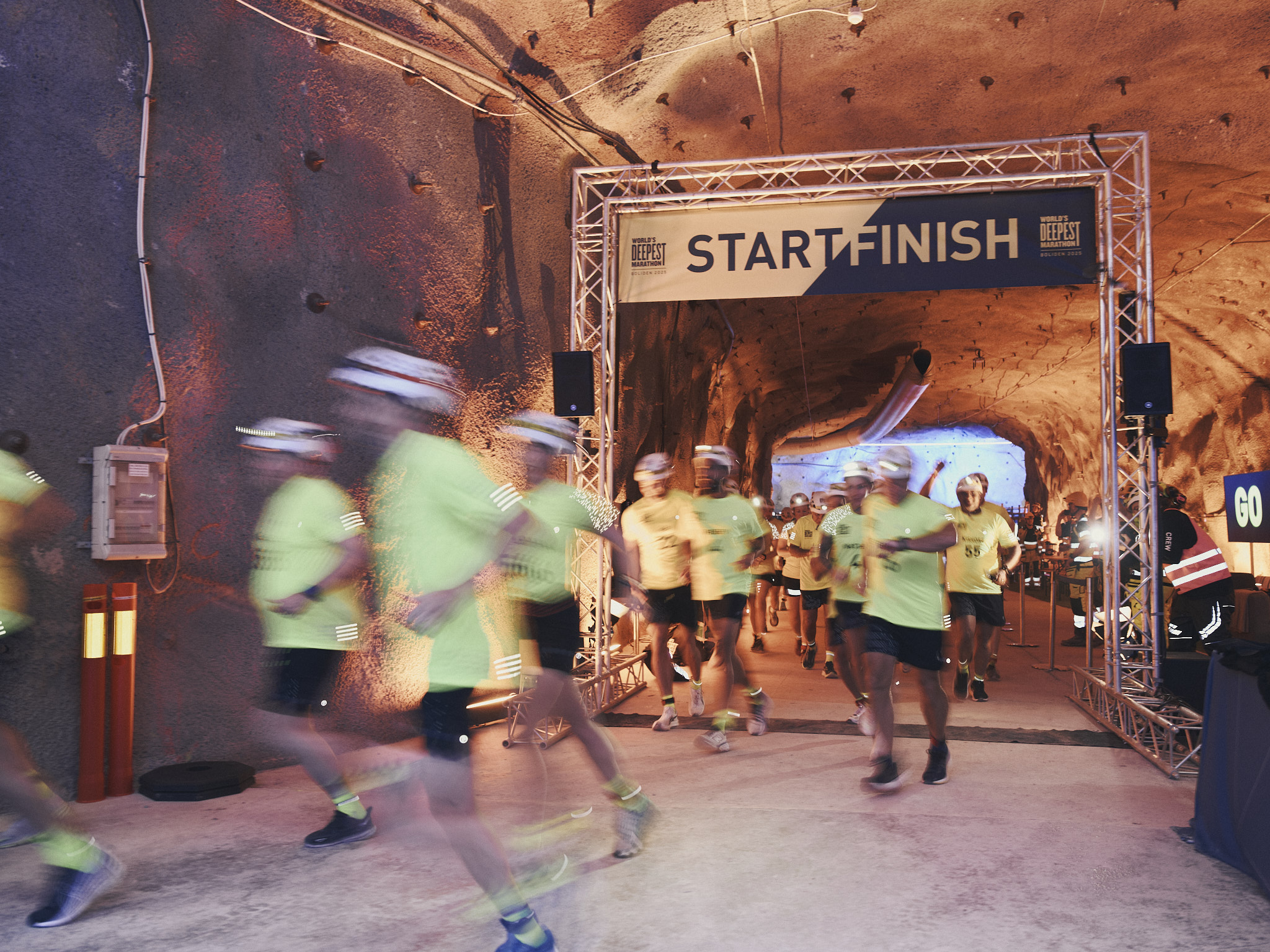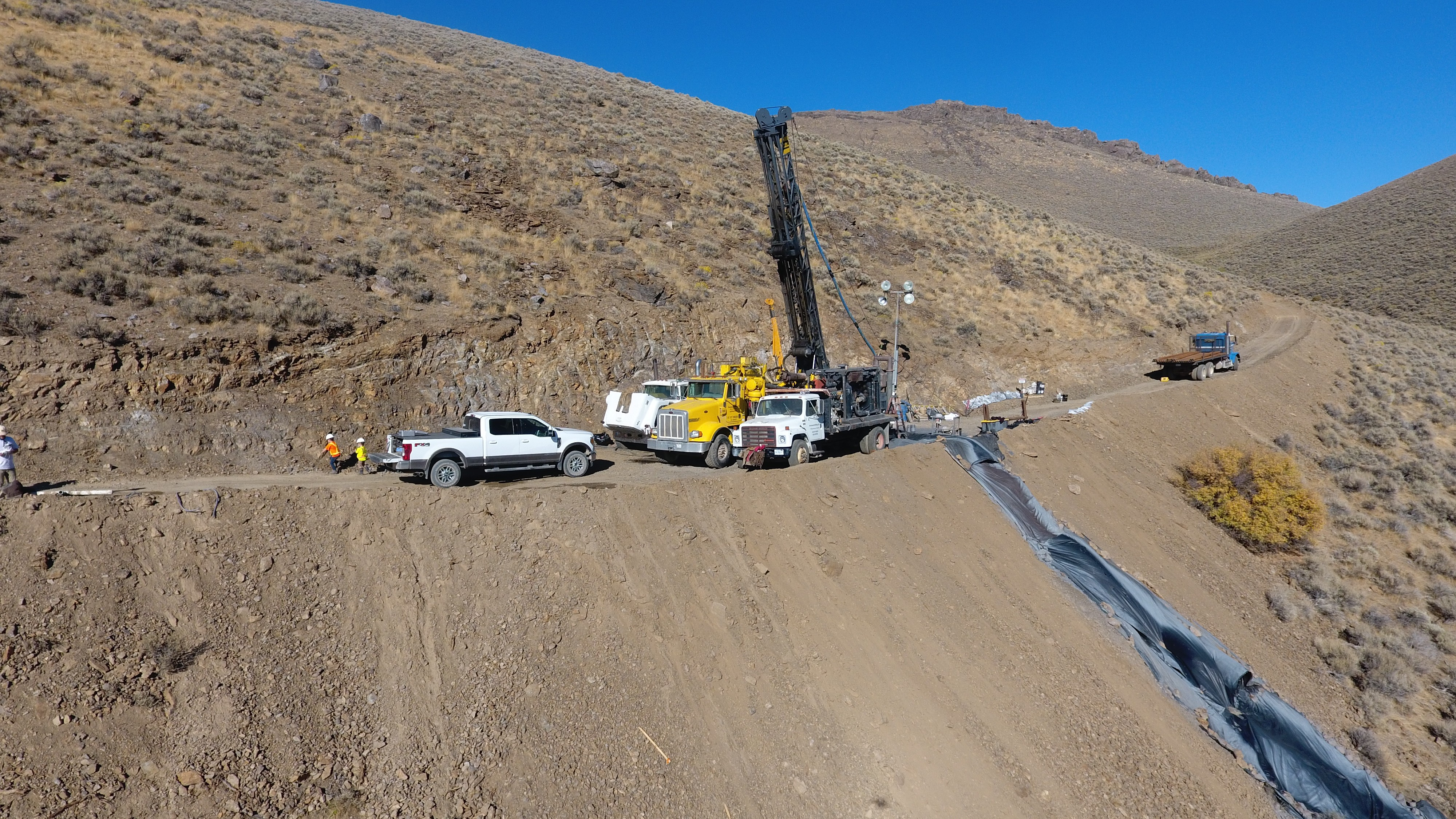In contrast, Sensmet’s technology, dubbed Micro-Discharge Optical Emission Spectroscopy µDOES, is able to measure multiple metals, such as any battery metal and their impurities, in real time.
The solution is based on atomic emission spectroscopy. A micro-discharge or electric spark is created directly inside the aqueous sample, causing a microscopic volume of the fluid surrounding the spark to be flash-heated to 10,000 °C. Molecular species in the micro-discharge are dissociated into atoms, which are excited to their respective higher electronic states. Upon returning to their ground state, these atoms release their excess energy by emitting light at their characteristic wavelengths. The µDOES, then, measures this atomic emission spectrum to derive a quantitative analysis of the metals contained in the sample.
According to Sensment, data from the system’s analyzer are displayed locally showing the concentrations and trends for each metal, and peak levels can be set for each element. Results are transferred digitally to users’ databases and/or the cloud.
“In hydrometallurgical processes that cannot be controlled by monitoring pH, direct measurements of dissolved metal concentrations are essential,” the brief states. “There are alternative methods of monitoring, but all of these have major limitations. For example, online XRF is unable to measure light elements such as lithium and sodium, and it is almost impossible to calibrate XRF for low concentration impurity measurements.”
In the view of the team at Sensmet, given the large sums of money involved in lithium production, the accurate dosing of precipitation chemicals is extremely important.
“For example, when sodium carbonate is added to a slurry containing beta spodumene under high temperature and pressure, lithium carbonate and analcime solids are formed. If insufficient sodium carbonate is dosed, some of the lithium will not react to form lithium carbonate, and unreacted lithium will be lost in the side product analcime sand,” the statement reads. “This is extremely undesirable because it represents a loss of revenue. Overdosing is also undesirable because it would result in a waste of process chemicals.”
In addition to lithium manufacturing, the technology is also suited for the ‘black mass’ recycling of battery metals. Strict online monitoring and control are implemented to reduce impurity levels and thereby prevent the cost and delay incurred by retreatment.
At Keliber’s site
Keliber, a subsidiary of Sibanye-Stillwater in Finland, ran a pilot-scale test programme in 2022 to evaluate the µDOES analyzer in the continuous optimization of precipitation chemical dosing during lithium production.
Battery-grade lithium hydroxide monohydrate was produced from spodumene concentrate treated by high-temperature conversion in a rotary kiln. A hydrometallurgical technology was developed to produce battery-grade lithium hydroxide monohydrate by soda pressure leaching. The pilot ran continuously at the demonstration plant for 400 hours and achieved a total lithium recovery rate of more than 88%.
Keliber tested the analytical performance of the µDOES analyzer for the continuous optimization of precipitation chemical dosing. Nearly 80 samples were drawn from the process and the sodium and lithium concentrations were analyzed in parallel using both the µDOES continuous analyzer and a laboratory ICP-OES. The results showed a correlation between the methods.
“Chemical dosing based on reliable real-time data brings stability to the process, which is very important because it avoids drift and optimizes both yield and quality while minimizing cost,” Sami Heikkinen, site manager at the Keliber lithium chemical plant, said in the release.




